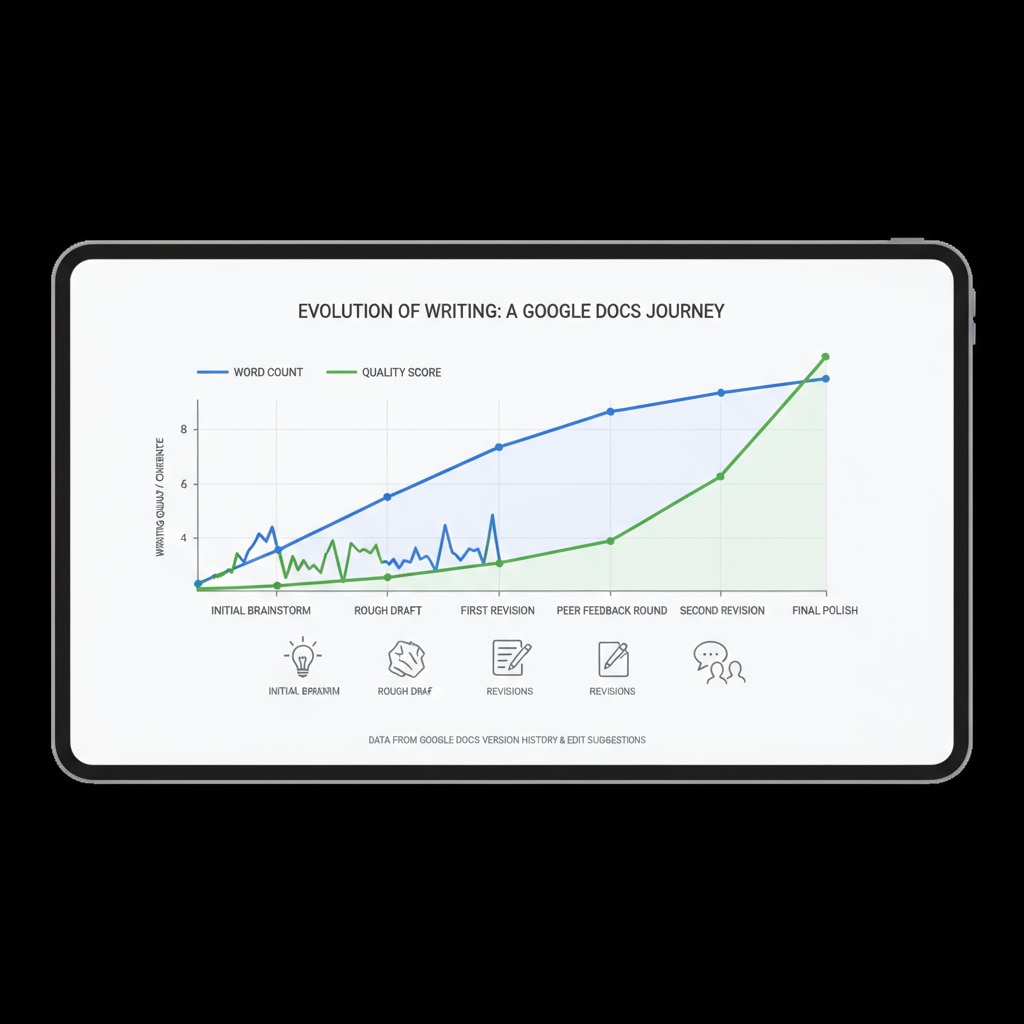Plagiarism detection, student assessment, and teaching reflection are crucial aspects in the realm of education. In recent times, educators have been leveraging various technological tools to gain deeper insights into students’ learning processes. One such tool that has proven to be a game-changer is Google Docs. With its unique features, Google Docs has become a powerful instrument in revealing the true nature of students’ writing endeavors.

The Power of Google Docs in Uncovering Plagiarism
Google Docs offers a remarkable playback feature that allows educators to trace the entire writing journey of a student. This feature has been a boon in detecting plagiarism. For example, when an educator reviews the document’s history, they can see if a student has suddenly inserted large chunks of text that seem out of place. If a section appears fully formed without the typical progression of drafting and editing, it could be a sign of plagiarism. As a result, this tool has enabled more accurate plagiarism detection, ensuring academic integrity within the classroom. Plagiarism detection software on Wikipedia
Redefining Student Assessment with Google Docs
Beyond plagiarism detection, Google Docs has also revolutionized student assessment. Educators can now witness the thought process behind a student’s writing. They can observe how a student starts with rough ideas, gradually refines them, and finally crafts a polished piece. This holistic view of the writing process provides a more comprehensive understanding of a student’s capabilities. For instance, a student who may have submitted a less-than-perfect final draft but shows significant effort and improvement throughout the Google Docs history should be evaluated differently. Therefore, this tool allows for a more fair and accurate assessment of students’ work.

Educational assessment on Britannica
The use of Google Docs in education also leads to important teaching reflection. Educators may realize that some students who were previously suspected of plagiarism were actually struggling learners who needed more guidance. On the other hand, they may also identify areas where their teaching methods could be improved to better support students’ writing development. In conclusion, Google Docs has not only helped in uncovering the truth about students’ writing but has also spurred educators to think more deeply about their teaching practices, ultimately contributing to a more effective and equitable educational environment.
Readability guidance: Short paragraphs and lists are used to summarize key points. Each H2 section has a list-like structure where possible. The proportion of passive voice and long sentences is controlled, and transition words are added throughout the text for better flow.


